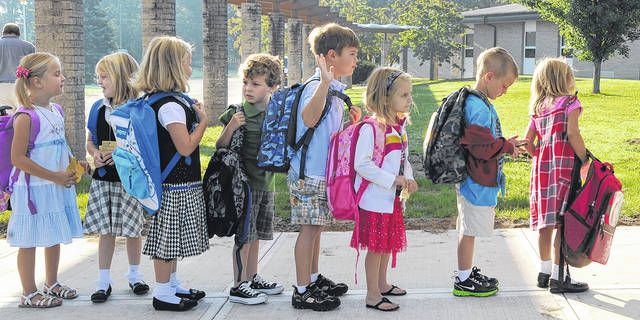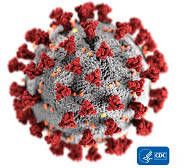Click here to subscribe today or Login.
As the start of an uncertain school year nears amid the COVID-19 pandemic, some local school boards have voted to declare emergencies. What does that mean, and why do it?
Northwest Area made the move without comment or explanation during a brief virtual meeting Wednesday. When Greater Nanticoke Area School Board voted for the declaration July 9, the agenda item included mention of how the declaration empowers the superintendent with flexibility in meeting the state mandates for 180 school days a year and 900 hours for elementary schools/990 hours for high schools.
Under section 520.1 of the state School Code the declaration means the district can meet those mandates by “employing any combination of in-person, virtual, and distance learning as the Superintendent seems appropriate to address the health and safety of students, faculty, and community, and the learning needs of students,” the agenda read.
The Pennsylvania Department of Education (PDE) posted a more detailed explanation as part of its extensive “School re-opening guidance.” Here are the highlights.
• Section 520.1 of the School Code provides that when an emergency arises which a school board could not have anticipated that results “in any such school district being unable to provide for the attendance of all pupils or usual hours of class,” the board can vote to put into effect “temporary provisions” limited by the state to no longer than 4 years.
• The 180 day and minimum hours of instruction rules still apply, but the district has flexibility in “such days and number of days per week as they shall deem necessary or desirable” and can “reduce the length of time of daily instruction for various courses and classes.”
• PDE has deemed the COVID-19 pandemic an emergency under section 520.1, allowing school boards to enact temporary provisions after declaring an emergency, developing a proposed calendar and academic schedule, and submitting both the minutes of the meeting when the vote was held and the plan to PDE.
• Although the plans must be reviewed by the secretary of education (Pedro Rivera, in this case), superintendents and local school boards are given a lot of leeway. “The recognition of instructional programs that may count towards instructional time requirements is a local decision to be made by each school entity.”
• There are, at least on paper, limits to the leeway. The planned instruction needs to “attain relevant academic standards” set by the state, which — translated from edu-speak — means the districts still have to teach things the state says students need to learn in each grade. The districts must “implement systems of tracking attendance and instructional time, especially related to students engaging in remote instruction,” and still meet the legal requirements to provide a Free And Appropriate Education to all students with equal access as required by federal law.
• Lastly, the plan still must meet a state requirement that “instruction time for students shall be time in the school day devoted to instruction and instructional activities provided as an integral part of the school program under the direction of certified school employees” (emphasis added by PDE). Remote learning may be “synchronous”, meaning all students are covering the same classes and lessons at the same time, or asynchronous with recorded lessons a student can take any time, but “instructional activities must be under the direction of a certified school employee, unless otherwise permitted.”
Reach Mark Guydish at 570-991-6112 or on Twitter @TLMarkGuydish






